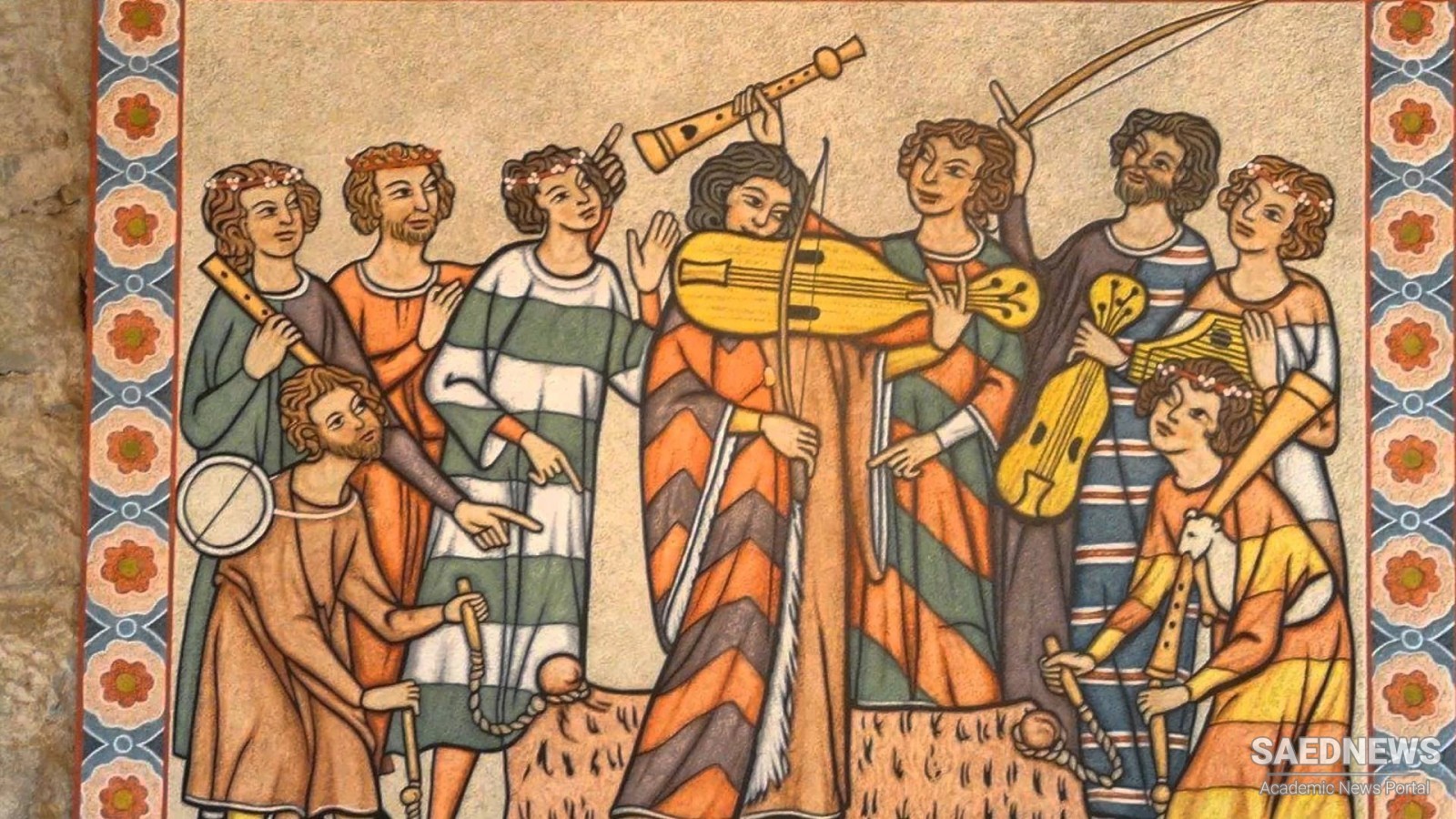Rhythm in Latin was called numerus ; and this term, in process of time, was extended to the melody itself, subjected to certain numbers or rhythms, as appears from this line of Virgil : Numeros memini, si verba tenerem : If I knew the words, I could remember the tune well enough. The Romans had signs for rhythm, as well as the Greeks ; and these signs were not only called numerus, but cera, that is, number, or the mark for time. Numeri nota, says Nonius Marcellus. In this sense we find the word used in a verse of Lucilius: Do you call that settling accounts'? such a confusion of figures? and the sum falsely cast up? Though the word &ra was at first only applied by musicians to the time, or measure of the melody, they afterwards made the same use of it as of numerus, to express the tune or melody itself ; and it has been thought that the word Air, or, as the Italians call it, Aria, which includes a certain piece of music of a peculiar rhythm, or cadence, is derived from cera. Such was the manner in which the ancients marked the measure in their written music ; but to make it still more sensible in the execution, they beat time in several different ways. The most common was by the motion of the foot, which was lifted up and beat down alternately, according to what we call common, or triple time. To regulate the time was generally the office of the music master or director, called coryphaeus, because he was placed in the middle of the orchestra, among the musicians, and in an exalted and conspicuous situation, in order to be seen and heard the more easily by the whole band.


 Modern Persian Music: Hybridization of Musical Tradition
Modern Persian Music: Hybridization of Musical Tradition














































